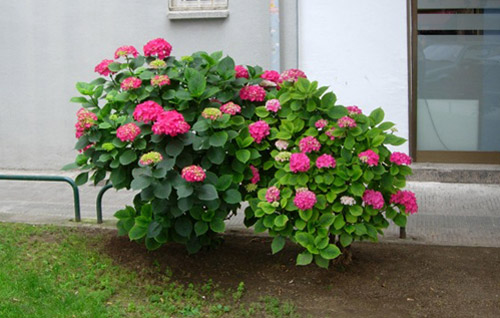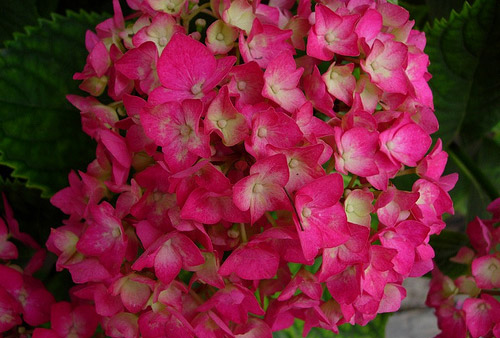
Welcome to another Monday and a new member in the a-z of plants your horse can’t eat. Today’s plant is a true colorful beauty, the Hydrangea may be lovely, but don’t even think about picking a bouquet for your horse!
A Little About Hydrangea
Hortensia is more commonly called Hydrangea. This is a deciduous shrub which can grow to 6 feet tall. Leaves alternate and can be lobed or broad and round. Flowers grow in clusters, have four petals and are white/pink/mauve/blue/purple/cream.
How Dangerous Is It?
This plant is unpalatable to equines and generally only a threat during drought conditions. Often used in ornamental planting and gardens, this is a commonly found plant and worth noting. Hydrangea contains hydrangin, which is a cyanogenic glycoside and toxic when consumed in large quantities.
The bark, leaves, flowers and buds of this plant are toxic and can be fatal (in high doses) to equines.

What To Look For
You know your animal the best, so you should know when something is amiss. Hydrangea toxicity symptoms include gastrointestinal upset and excessive sweating
Learn More
Be sure to check out the Hydrangea page to learn more about the plant and while you are at it why not check out more toxic plants?
*It should be noted that I’m not a veterinarian. This information is written specifically for horses and should be used for reference purposes only. If you think your horse has eaten something toxic call your vet right away.
